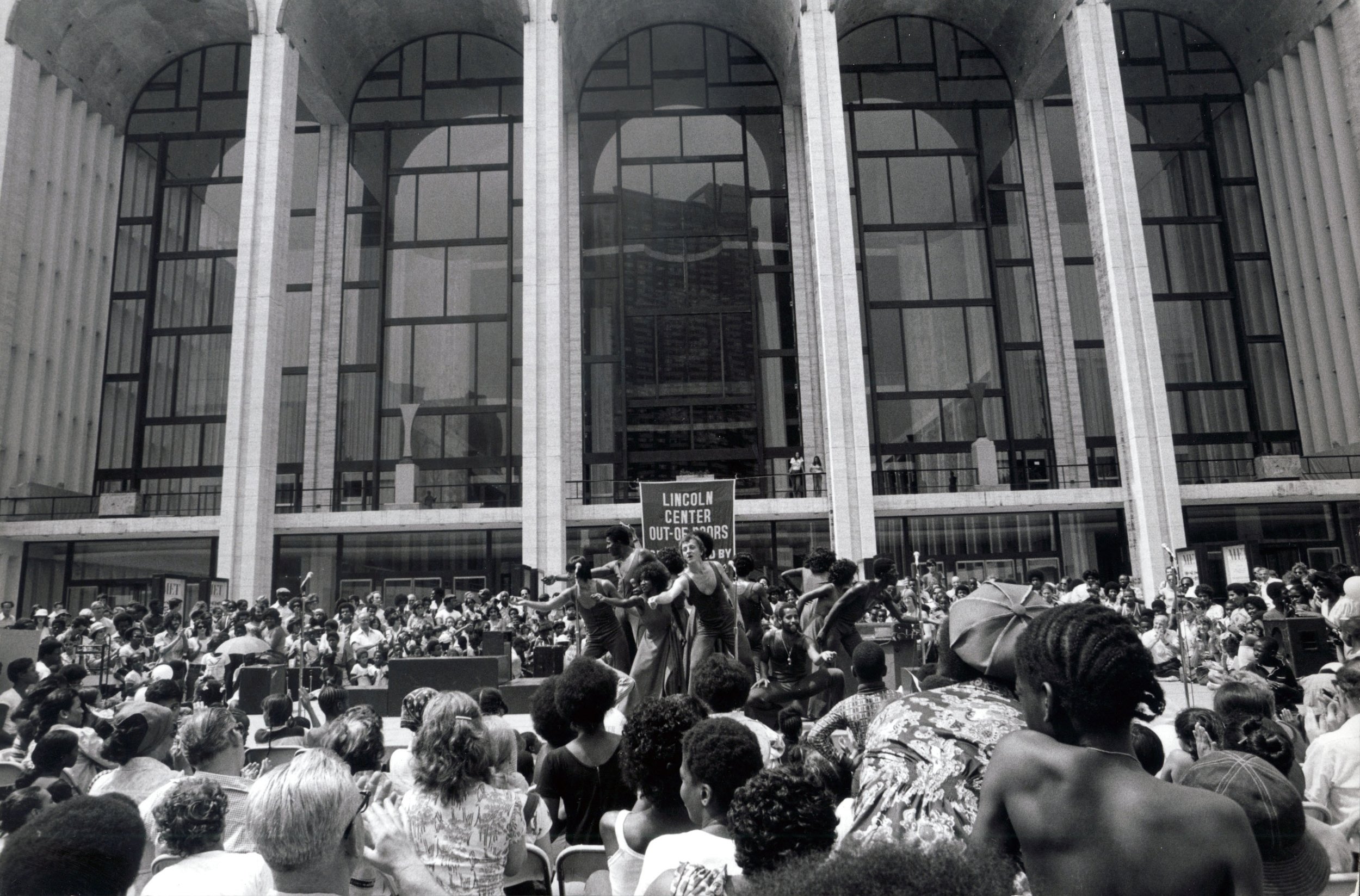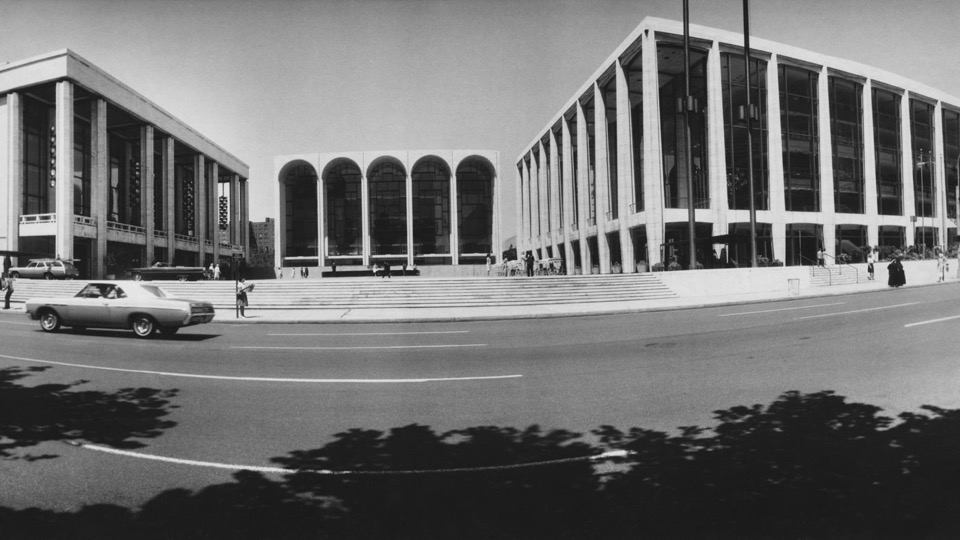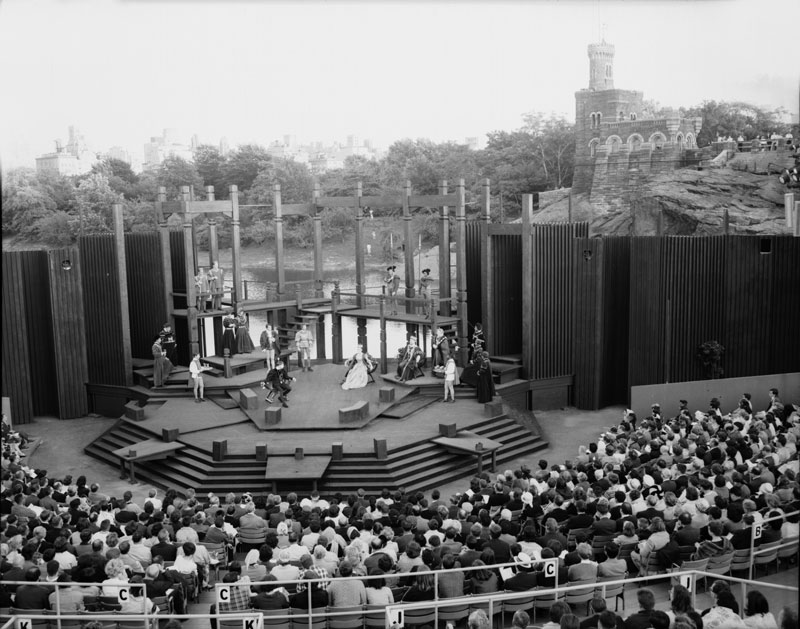CULTURE CITY: THE ARTS IN POSTWAR NEW YORK
Julia Foulkes, Professor of History at The New School for Public Engagement, is a 2016-17 GIDEST Faculty Fellow who investigates interdisciplinary questions about the arts, urban studies, and history in her research and teaching. She is the author of Modern Bodies: Dance and American Modernism from Martha Graham to Alvin Ailey (2002); To the City: Urban Photographs of the New Deal (2011); and A Place for Us: West Side Story and New York (2016).



At GIDEST, Julia is exploring the rise of cosmopolitanism and the arts amidst urban development, exemplified by Lincoln Center and by Joseph Papp, the founder of Shakespeare in the Park, who claimed that the arts were as “important as garbage collection,” part of the structure and everyday life of the city. In her GIDEST seminar, Julia examines how that idea took hold in New York after World War II when the arts became a way to prove inclusion and reach in governmental action and support: they moved from a good reserved for the deserving to a good for all. She argues that success in doing this has been both modest and uneven in practice but perhaps most effective rhetorically. The “culture wars” of the 1990s hinged on questions of public support for an identity politics in the arts, which could be targeted because of tax dollar support (however small) and openness to diversity and expression (however incomplete).
